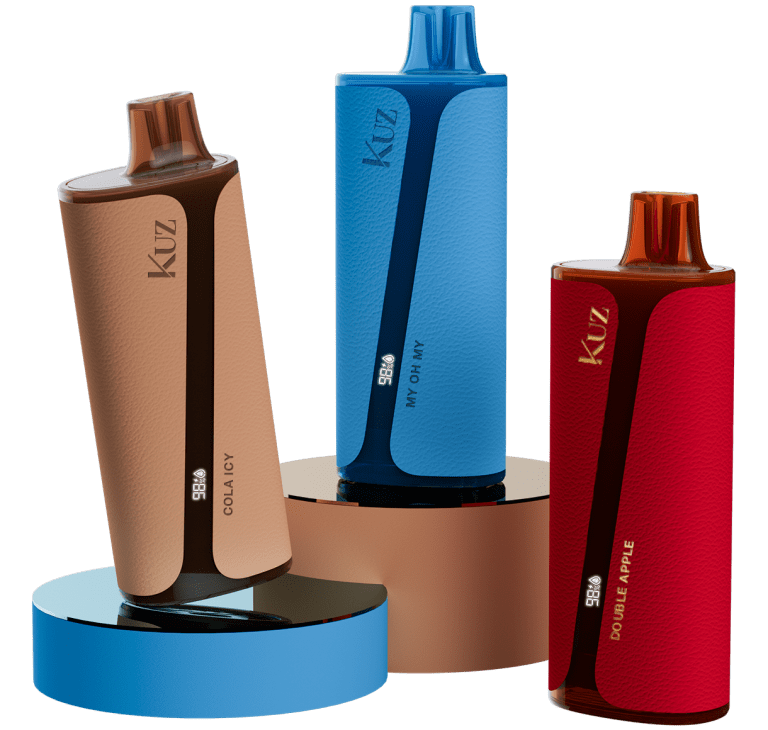As vaping continues to grow in popularity, many vapers are left wondering how they can bring their devices with them when traveling by plane. Whether you’re heading on a business trip or a vacation, understanding the rules and regulations for flying with a vape is crucial to ensure a hassle-free journey.
Understanding TSA Regulations
The Transportation Security Administration (TSA) has clear guidelines regarding electronic cigarettes and vaping devices. Vapes are allowed on planes, but they must be packed in carry-on luggage. This rule is in place due to the lithium batteries commonly found in these devices, which pose a fire risk if stored in the cargo hold. The TSA strictly prohibits packing vapes in checked luggage, and failure to comply can lead to confiscation of your device and potential fines.
When passing through security, ensure that your vape and any associated liquids, such as e-juice, are easily accessible. E-liquids must adhere to the TSA’s liquids rule, meaning they should be in containers no larger than 100ml and placed in a clear, quart-sized plastic bag.
Packing Your Vape Safely
Traveling with your vape requires careful packing to avoid any mishaps. Here are some tips:
- Remove the Batteries: To prevent accidental activation during your flight, remove the batteries from your vape device if possible. Store them in a protective case in your carry-on.
- Disassemble Your Device: If your vape can be disassembled, do so before packing. This reduces the risk of damage and accidental activation.
- Prevent Leakage: Due to changes in cabin pressure, full tanks of e-liquid may leak. To avoid this, empty your tanks before the flight or only partially fill them. Store e-liquids upright and tightly sealed to prevent spills.
Airline-Specific Rules
While TSA rules provide a general framework, individual airlines may have their own policies. It’s always a good idea to check with your airline before traveling. Some airlines might have additional restrictions, such as requiring vapes to be set in “safety mode” or banning the use of charging equipment during the flight.
For instance, American Airlines advises using a designated carry case for vapes, while Delta Airlines requires that the battery remains inside the device during the flight. Always stay updated on these regulations to avoid any surprises at the airport.
International Travel Considerations
Traveling internationally with a vape adds another layer of complexity. Many countries have different laws regarding vaping, with some places like Brazil, Singapore, and Thailand outright banning e-cigarettes. Before you fly, research the vaping laws of your destination as well as any countries you might transit through. This can prevent legal issues upon arrival.
In countries where vaping is allowed, make sure to follow local regulations closely. Some places may have restrictions on where you can vape, such as only in designated smoking areas, while others might have limits on the nicotine strength of e-liquids.
Consequences of Non-Compliance
Failing to comply with airline and TSA regulations can lead to serious consequences. Your vape device might be confiscated if packed incorrectly, and you could face fines or even legal action if your device causes any safety issues, such as a fire on board. To avoid these scenarios, always double-check your packing and ensure you understand the rules.
Tips for a Smooth Travel Experience
- Check Airline Policies: Before your flight, review the specific policies of the airline you’re traveling with to ensure compliance.
- Consider Disposable Vapes: If you’re worried about the hassle of traveling with a vape, consider using disposable e-cigarettes. They’re easy to pack and eliminate the need for carrying e-liquids and chargers.
- Plan for Layovers: If your trip involves layovers, research the availability of smoking areas in airports. This can help manage nicotine cravings without the need to step outside and go through security again.
- Be Courteous: Remember, vaping is not allowed on planes. Even if you’re tempted, refrain from using your vape during the flight to avoid disturbing other passengers and facing penalties.
Conclusion
Flying with a vape doesn’t have to be complicated. By understanding TSA guidelines, packing your device safely, and staying informed about airline and international regulations, you can enjoy a stress-free travel experience. Always plan ahead, and when in doubt, consult official resources or your airline for the most up-to-date information.



